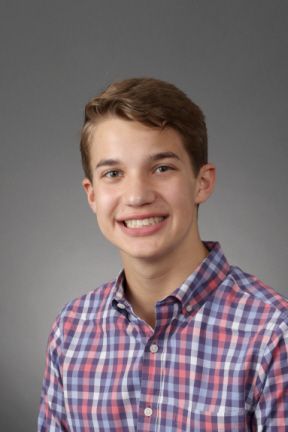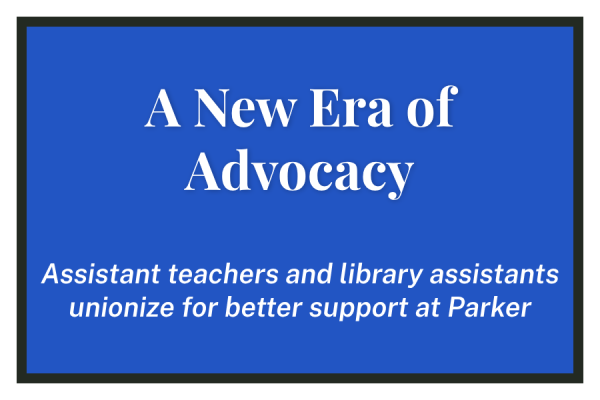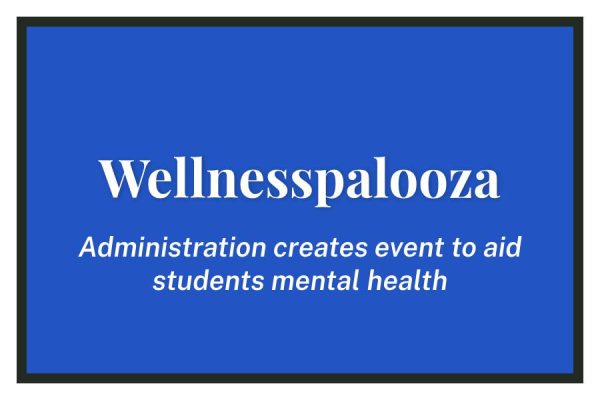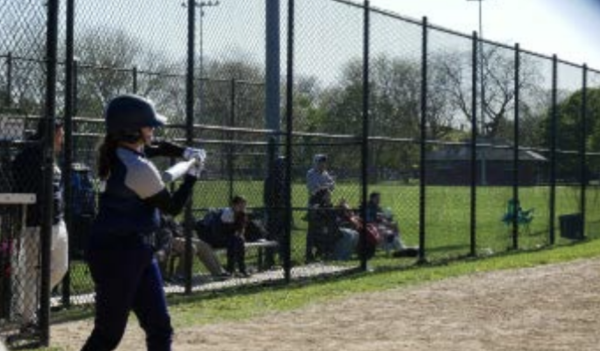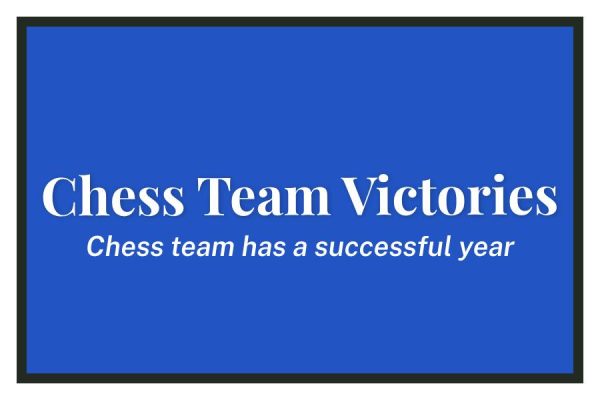Same Place, Different Time
Parker Seeks to Expand JK and SK Hours
Photo credit: Arie King
The outside of an SK classroom, soon to be used full time by all SK students.
A soft orangish-yellow light illuminates the circular atrium of the JK and SK portion of the Parker building. Colorful works of student art adorn the walls, themes of nature sprinkled into each work. Every so often, the sound of a kindergartener excitedly shouting about their latest art project echoes through the wooden doors of their classroom. For four hours of the day, kindergartners run around, but effective next fall, JK and SK classrooms will be full during the entire day, rather than only part of it.
The school board made a decision to shift the JK and SK classes from the traditional schedule of 8 a.m. to 12 p.m. to all-day, 8:30 a.m. to 2:45 p.m. Parker has been experimenting with this idea for years. In the past few years, Parker has implemented specific days where certain students stay later than others, and the next day those staying later switch.
For many JK and SK teachers, the idea of a full-day JK and SK was by no means a new idea. “It’s been part of a strategic plan for the past thirty years if I’m not mistaken, but we haven’t addressed it formally,” Senior Kindergarten Teacher Dana O’Brien said. “It’s always been on our radar as something that the board has been suggesting, but we were told officially that it was happening last year.”
For members of the Lower School administration, requests for full-days from parents go back as far as the ’80s. “I think the results came in, the board was asking questions, we did some research, and it was just determined that we needed to do full-day,” Head of Lower School Kimeri Swanson-Beck said. “This is something that the board and people who are a part of the school in a different way have been considering for a long time.”
The administration first introduced the official design of this program to the teachers last year. “We have been asked to form the program, but we’ve been given certain parameters,” O’Brien said. “If we could form our dream program, I think it would look different. But, because we have a certain structure we need to fit our day into, we just can’t. We would love an early childhood center, we think that the kids deserve an indoor play space.”
While the program is still being designed, the actual schedule that might impact the community is undergoing lots of rewrites from administrative members. “In the JK and SK, we’re creating our ideal schedule, what we think would be good for the kids, pacing, we talked about transitions a little bit, and then the three divisions heads look at our schedules and say, ‘we need to do this, and we need to do this,’” Swanson-Beck said. “It ends up being a compromise and figuring out what we’ll need.”
This program stemmed from the full-day kindergarten movement that evolved over the last ten years, but some teachers are still wary of its implementation. . “We are one of the only schools in the area that had a half-day program still because we are really trying to hold to our philosophy of what we think is appropriate for kids,” O’Brien said. “That said, I think all the other schools that we’re in competition with had full-day programs. So I think it was very clear that we want to make sure we’re providing a program like other schools.”
On the administrative side of this decision, the addition of pre-kindergarten programs at Parker proved that the half-day schedule Parker sticks to is no longer timely. “Most of our four-year-olds who have come in, this isn’t their first school experience, where it used to be that Parker was their first school experience. They came here in JK, they learned what it was like to be a student,” Swanson-Beck said. “But society has changed so much that some kids have been in either daycares or schools or preschools before they come to us. It’s very rare now that we have a child who comes and says, ‘I’ve never been to school before.’ If people are accustomed to full day, they’re not going to go to a school that’s part day.”
The JK and SK team hopes that new shift to full-day kindergarten will not impact parental expectations for a kindergartener’s growth. “So our families come in and expect that by the end of kindergarten their kids are going to be able to read because that’s what all the city schools are doing. If you have a neighbor who goes to a different kindergarten, they’re learning to read in kindergarten,” O’Brien said. “Parker believes that’s developmentally inappropriate.” The JK and SK faculty will keep the play-based structure and will not move to a kindergarten where students are encouraged to learn to read, but will retain Parker’s traditional kindergarten structure.
For Upper School Math teacher Ethan Levine, the parent of a two-year-old, this new program should encapsulate ideas that Parker upholds in its daily curriculum for other grades. “Whenever we make a change at Parker, we have to consider, ‘does it align with progressive values,’” Levine said. “I’m hopeful they can sort of maintain the spirit of progressive play-based education. I think that would be what’s probably most appropriate.”
One logistical question that the administration focused on concerned the current after-school programs JKrs and SKrs attend: Parker PM and Parker PLUS. “Currently our Parker PLUS program happens right after school gets out at 11:45 a.m. and goes until 1 p.m. Now it’s going to happen right at 2:45 p.m., and it’ll be a different cycle than the older kids’ Parker PLUS,” Swanson-Beck said. “We’re still having those after school programs, we’re still having Parker PM, it’s just going to look a little different and feel a little different.”
For some, this new change will be a better alternative to the previous method of dealing with the half-day schedule. “It seems easier not to have to piece it together because what I know what a lot of people do now is they have their child in kindergarten in the morning and then they have to go to Parker PM or they have to get some sort of childcare for the afternoon,” Levine said. “So it would definitely make things more convenient, and that’s not the whole picture but that’s certainly part of it.”
And yet, As the implementation of this new program approaches, Levine does not feel that he is worried about what is developmentally inappropriate for kindergarteners at this age. “My current mindset is: ‘keep an open mind and learn from the experts,’” Levine said. “When we consider our options for next year, I think it will be important to take into consideration what the kindergarten teachers think is best for our kids.”
